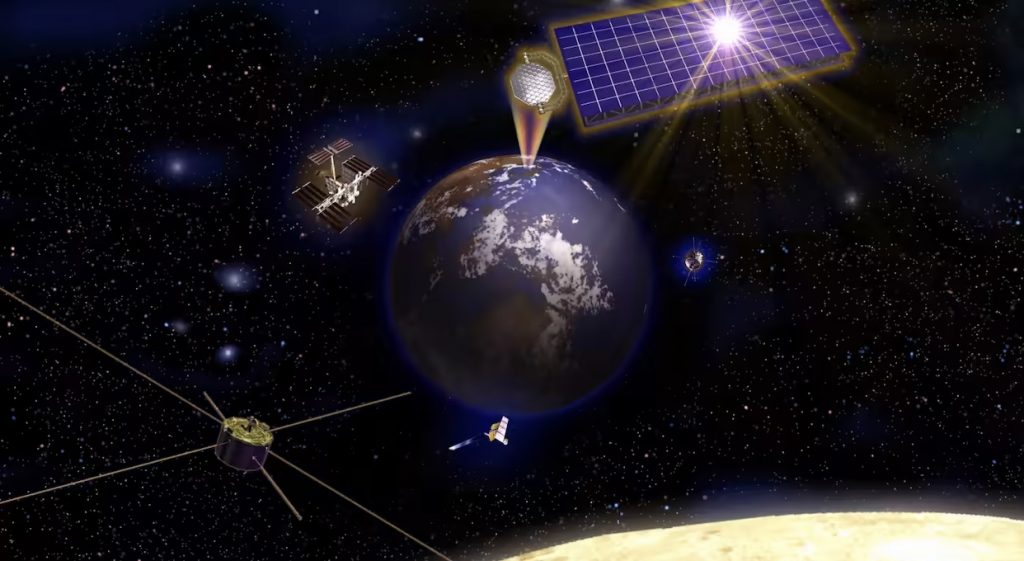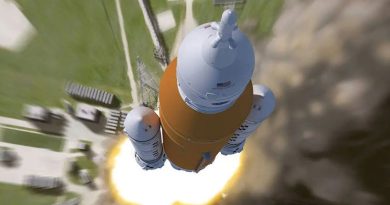Japan Starts To Collect Solar Energy From Space By 2025

Japan and JAXA, the country’s space agency, have spent decades trying to make solar power transmission from space possible. In 2015, the country made a breakthrough when JAXA scientists successfully transmitted 1.8 kilowatts of energy.
However, the cost of producing solar energy from space is still extremely high. Generating 1 gigawatt, equivalent to the power of a nuclear reactor, would require a vast area of solar panels. Even with technological breakthroughs, the estimated cost of installing such a capacity is over 1 trillion yen (US$7.1 billion).
Japan is at the forefront of this research, with a group led by former Kyoto University president Hiroshi Matsumoto leading the effort. In the 1980s, Japan reached a significant milestone by successfully transmitting power through microwaves in space. The group continued their research under Kyoto University professor Naoki Shinohara, and in 2009 a government-industry-science joint project was launched.
The project has achieved significant success, including a successful experiment to transmit power through microwaves at a distance of 50 meters in the horizontal and vertical directions. Looking to the future, the group plans to attempt vertical transmission over longer distances from 1 km to 5 km.
A Japanese public-private partnership will try to radiate solar energy from space as early as 2025. The project, led by Naoki Shinohara, a Kyoto University professor who has been working on space solar energy since 2009, involves deploying a series of small satellites into orbit. They will try to direct the collected solar energy to ground receiving stations located hundreds of kilometers away.
Solar energy from space could be the key energy source of the future, and Japan is poised to lead the race.




